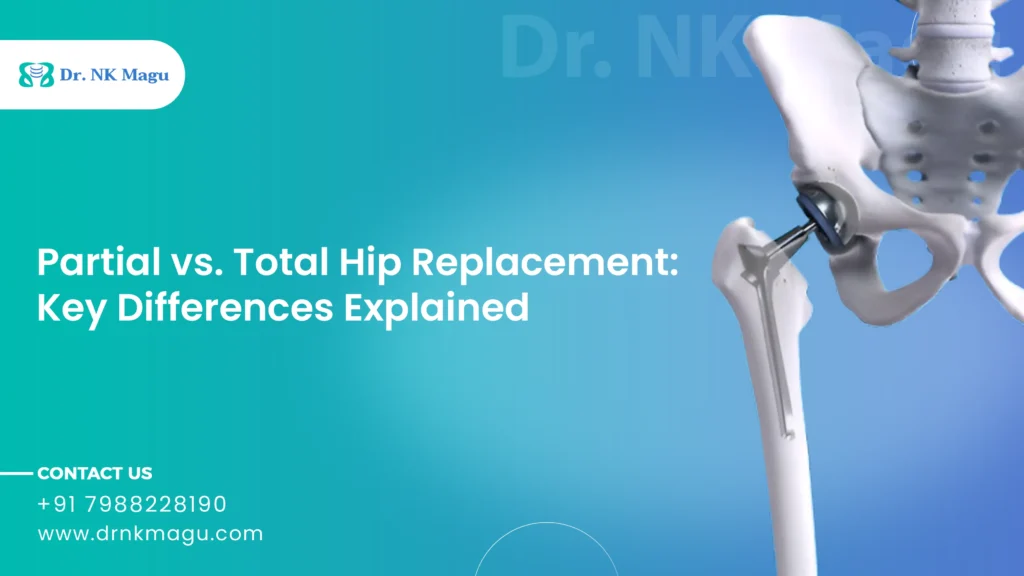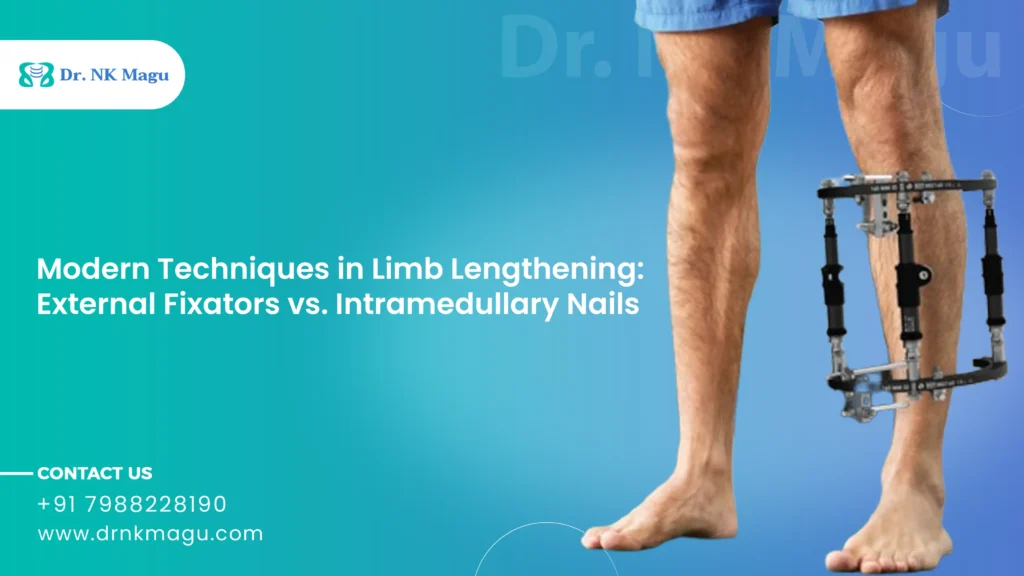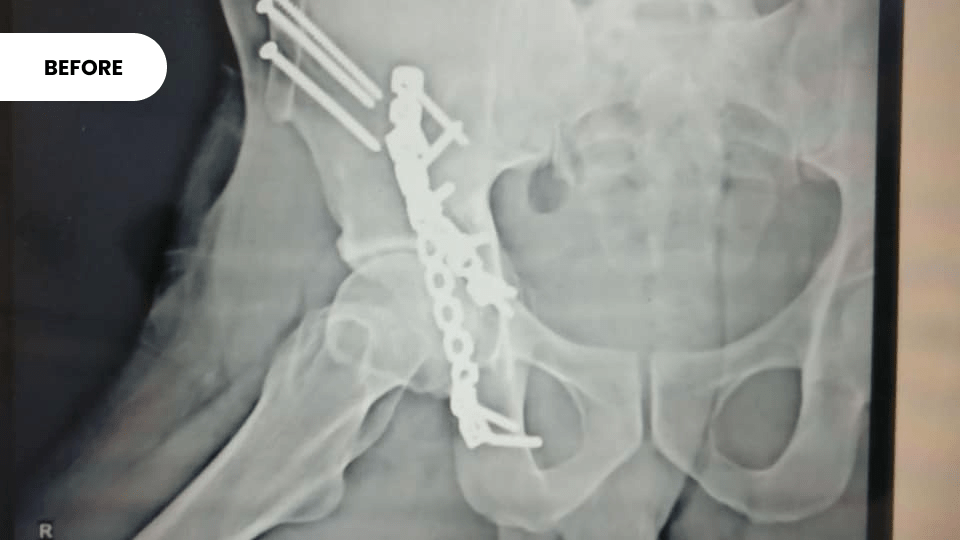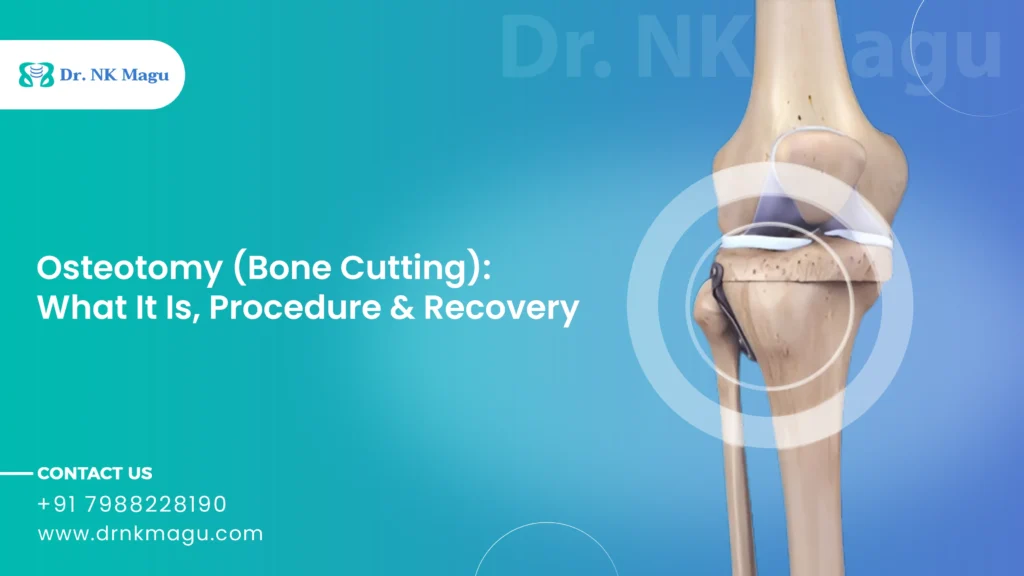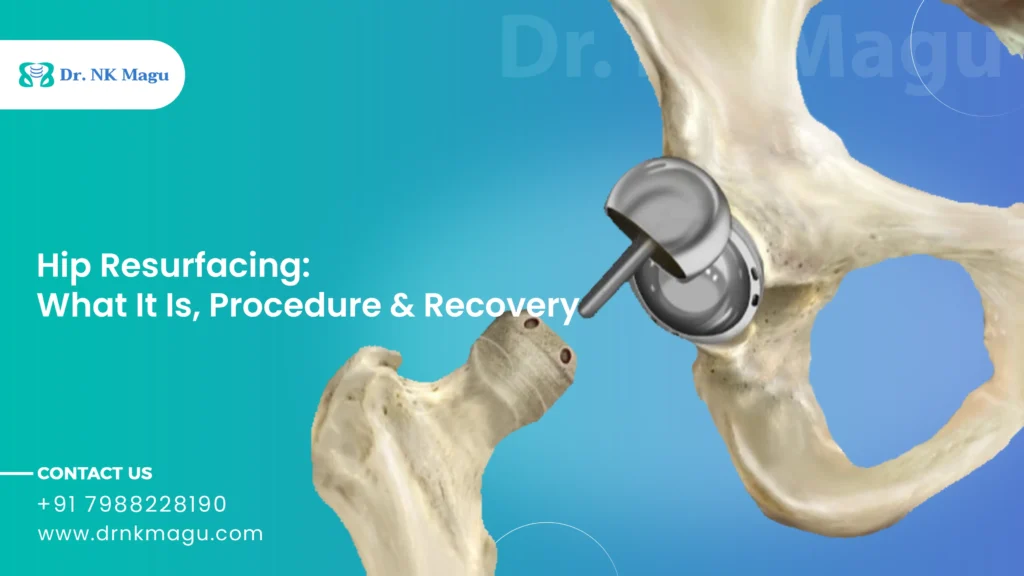Living with chronic pain and mobility issues can be frustrating, and simple activities like walking, climbing stairs, or even sitting can become challenging. These symptoms are generally caused by arthritis, joint degeneration, or hip fractures. If medications, lifestyle changes, and physical therapy are not providing any relief, hip replacement surgery is the next step.
There are two main types of procedure: partial hip replacement and total hip replacement. Both surgeries can improve mobility and reduce pain, but understanding the difference between these two is crucial for the patient to make an informed decision.
In this blog, we’ll understand the key differences between partial and total hip replacement.
What is a Hip Replacement?
Hip replacement surgery is a procedure to remove the damaged parts of the hip joint and replace them with an artificial joint. The artificial joints are made of metal, ceramic, or high-grade plastic.
It is beneficial for those who have severe arthritis and are unable to perform daily activities.
Partial Hip Replacement
A partial hip replacement, also known as hemiarthroplasty, is a surgical procedure that replaces only one part of the hip joint (femoral head). The hip socket remains intact and is not replaced.
It is generally recommended to:
- Elderly patients with hip fractures, when only the femoral head is damaged
- Patients who are not very active
Advantages:
- Less invasive
- Preserves bone
- Shorter surgery time
- Lower risk of complications
- Faster recovery
This procedure may not provide lasting results for individuals with severe joint damage, and its longevity is typically shorter than that of a total hip replacement.
Total Hip Replacement
A total hip replacement, also known as hip arthroplasty, is a procedure that replaces both parts of the joint- the femoral head and the socket.
It is recommended to:
- Patients with severe osteoarthritis, rheumatoid arthritis, or post-traumatic arthritis
- Patients with fractures involving both the femoral head and acetabulum
- Younger and active patients
- Patients with avascular necrosis
Advantages:
- Long-term pain relief
- Improves mobility and function
- Implants can last 15-20 years or more
- Lower risk of socket-related complications
This procedure involves a longer surgery and recovery period compared to partial replacement, and in some cases, it carries a slightly higher risk of dislocation.
Choosing the Right Procedure: Partial vs Total Hip Replacement
The choice between partial and total hip replacement is not the same for every patient. Various factors should be considered:
- Age: Older patients often benefit from partial hip replacement as it is less invasive with a shorter recovery time. While younger patients need a more durable solution, making total hip replacement a preferred choice.
- Activity Level: Patients with an active lifestyle or who need long-term joint stability need total knee replacement, as it provides greater durability.
- Severity of the Condition: Total hip replacement is necessary if arthritis or degeneration has affected both the ball and socket of the hip. Patients can go for a partial hip replacement when the socket is healthy.
- Type of Injury: In cases of femoral head fractures, partial hip replacement is sufficient, but if the injury affects the entire joint, total hip replacement is beneficial.
Also Read:- Hip Replacement Surgery Cost in India
Final Words
Both partial and total hip replacements are effective in relieving pain and improving mobility, but both procedures serve different patient groups. Choosing the right surgery depends on the patient’s overall health and the condition of the hip joint. It is recommended to consult an experienced orthopedic surgeon to make an informed decision. With proper surgery and rehabilitation, patients can live a pain-free and active life.


